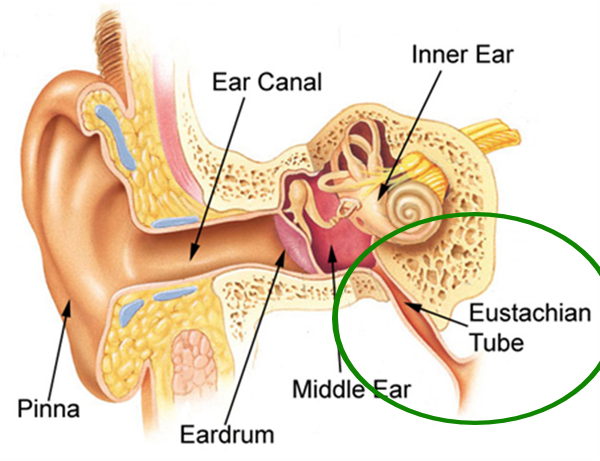
Equalizing your ears involves opening the lower ends of your Eustachian tubes to allow air to enter. The commonly taught Valsalva maneuver, where you pinch your nostrils and blow through your nose, creates overpressure in the throat, forcing air up the Eustachian tubes. However, this method has drawbacks, such as potential damage from excessive blowing and a risk of raising internal fluid pressure.
Safer alternatives include the passive method that naturally occurs during ascent, voluntary tubal opening involving throat tension and jaw movement.
Toynbee maneuver of pinching your nose and swallowing.
Frenzel maneuver of pinching your nose and making a “K” sound.
Lowry technique combining blowing and swallowing.
Edmonds technique integrating throat muscle tension, jaw movement.
Practicing these techniques is crucial for mastering effective equalization. Patients encountering difficulties may benefit from mastering multiple methods. It’s advised to equalize every two feet of descent, and at a slow descent rate, this translates to an equalization every two seconds. Patients should equalize more frequently if descending rapidly. As depth increases, the need for equalization diminishes due to Boyle’s Law, but it’s essential to equalize again upon reaching maximum depth to prevent prolonged negative pressure and potential barotrauma (ear damage).
